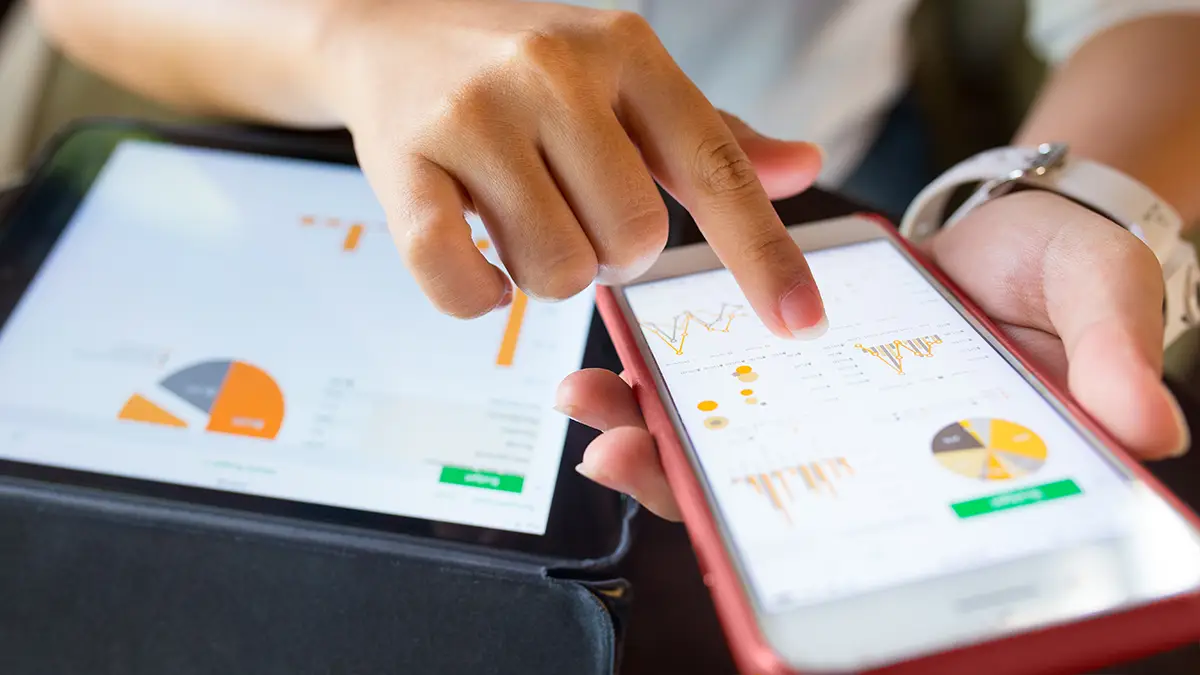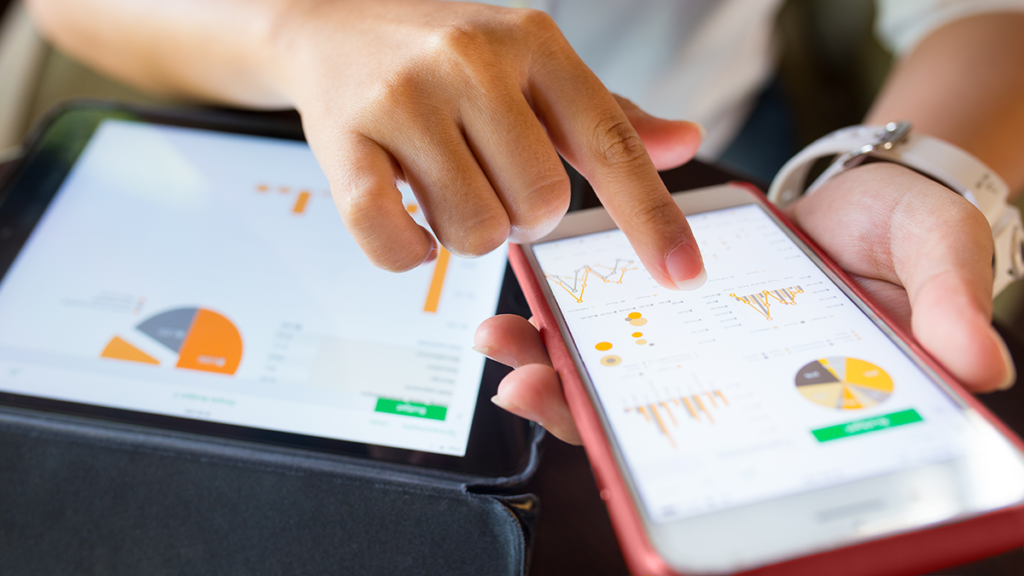
22 Sep 6 Tips to Measure the Effectiveness of Social Media
Where to Start
Start at the very beginning. Assess why is the brand on social media in the first place? Why have they chosen these channels? We like to start with people first, so we want to make sure that the brand is reaching people and communicating with people. We also know that no brand is alike in terms of the customer’s path to purchase or path to conversion. So we need to understand what roles social plays depending on the brand or the industry. This then gives us a better understanding of where social is in the brand’s overall marketing efforts and within the customer journey. Then we can begin to assess if social media is working.
Common Measurement Mistakes
When it comes to common measurement mistakes you see a brand make, it’s Vanity Metrics. There’s a lot of emphasis on follower counts, still. Whereas with all the algorithm changes, you’re lucky to reach maybe 3% of your followers with an organic Facebook post. Engagements, to an extent, can also be a bit of a vanity metric. Facebook is de-prioritizing them overall. We believe it’s really getting out of that space and trying to figure out where those deeper relationships and deeper actions are.
The Lack of Importance on Follower Count
A common question we get is ” How important is follower count as a measurement of effectiveness?”. And the answer is, it’s not at all. It’s really so that you can brag to your co-workers or compare yourself against your competitors. But really, it doesn’t matter at all at this point as it did back in the day. It’s not to say it didn’t have value, but it currently doesn’t really do anything for your brand.
Common KPIs for Retail Brands
If we’re looking at retail and driving awareness, you want to look at impressions and reach and therefore frequency. You want to make sure that you’re hitting the audience with the appropriate message enough times, but not too many times. It depends on what access to data that you have, if it’s your personal retail, or if it’s a retailer that you’re able to measure. Trying to look at mixed media modeling or some attribution to see how many sales can be attributed from your social campaigns or sales lift. If you’re selling your products in like a Target or a Walmart or some other store that you don’t necessarily have transparency into, you’re not going to be able to get that lift necessarily. But potentially, if you have on your website where to buy or find locations that carry your product, you could track events of people searching to find where they can go in person and purchase the product and attribute this to social. This way you are referring users to your website and then measuring those referrals from social and those actions.
Common KPIs for e-commerce Sales
e-Commerce is actually one of the easiest to measure. This is where you want to go for just direct ROI. You want to see sales and purchase value. That’s the most kind of cut-and-dry way to measure ROI when you can track directly social to actual sales. So if you’re looking at e-Commerce, you definitely want to measure how many sales and how much of those sales got you versus how much you’re inputting in terms of your marketing efforts.
Words of wisdom for a brand getting started thinking through their measurement strategy?
This quote is always sat with me for a while, “Be careful what you measure because it will get better”. It’s an easy way of saying to be careful what you measure with followers, because if you’re measuring follower growth. You’re going to find a way to increase followers but at the expense of what? Being strategic about where social plays and identifying those metrics that are most important. If you focus too much on one thing that might not necessarily have a tangible benefit to your business, it might be to the expense of what you could be doing.
For exclusive content sent straight to your inbox, sign up for our newsletter.
Subscribe to Social You Should Know







